Ethylene Oxide Food Safety
The number of food and feed risk notices reported by EU countries to the European Commission fell by. EC 3962005 defines the limit as the sum of ethylene oxide and 2-chloro-ethanol expressed in ethylene oxide with a limit in sesame seeds of 005 mgkg.

Ethylene Oxide Sterilization Are Eto Treated Spices Safe Superfoodly
If you follow the best practices for food safety you probably have set it even lower in the mid 30s which is around 15 degrees below EOs liquid-to-gas threshold.
Ethylene oxide food safety. Ethylene oxide is prohibited from use in pesticides in the EU and hence this legislation sets a maximum limit for its residues MRLs at the limit of quantification LOQ meaning that it must not be detected in food. Reg EU 2312012 states ethylene oxide cannot be used to sterilize. Other products that were contaminated included a number of Knorr World products ice creams Heksnkaas and yogurt dressing as well as John West Haringfilets sold in Jumbo Plus and Hoogvliet.
Ethylene Oxide 1 FOREWORD Concise International Chemical Assessment Documents CICADs are the latest in a family of publications from the International Programme on Chemical Safety IPCS a cooperative programme of the World Health Organization WHO the International Labour Organization ILO and the United Nations. For the products that contain the additive E410 known to be contaminated with ethylene oxide no safe level of exposure for consumers can be defined and hence any level consumers may be exposed to presents a potential risk to consumers concluded the crisis coordinators representing all Member States Iceland and Norway. The use of veterinary drugs in food-producing animals has the potential to generate residues in animal-derived products meat milk eggs and.
RASFF - food and feed safety alerts Ethylene oxide incident food additive On 29 June 30 June and 13 July 2021food and feed crisis coordinators meetings took place regarding the detection of ethylene oxide residues in food additive E410. It has been used to treat certain foodstuffs before export. It has been banned in the EU as a pesticide since 1991 and.
Ethylene oxide reacts strongly with living plant material causing either death or extreme injury. Its use as biocide was banned in Europe due to the risks from its toxicity. It is a highly irritating and mutagenic chemical considered to be increasing miscarriage risks genetic anomalies and cancer occurrence in humans all-the-while impacting the animal reproductive cycle.
The recalls are linked to a food additive thats used in a wide range of products including ice cream cereal crackers spices and bagels. At any refrigerated temperature if theres ethylene oxide present its not going to evaporate. Ethylene oxide and the metabolite 2-chloroethanol are both toxic but ethylene oxide has furthermore been classified as carci-nogenic and genotoxic 1.
And tumors can arise in large quantities says Wieke van der Vossen food safety expert and works at the Nutrition Center. It is not even approved as an active substance in plant protection products in the Union. Delicate heat-sensitive medical devices that incorporate plastics and electronics could be warped or.
It is not usually recommended for use on seeds Joubert and Du Toit 1965 nursery stock or any growing plants. Food experts say there is no acute health risk from ingesting ethylene oxide. It is only a substance that you should not ingest for a long time because then we do not really know what is happening.
Many countries have imposed additional restrictions on its use due to toxicological concerns. It will be a solid in the form of a liquid similar to water. Ethylene oxide is a carcinogenic mutagenic and reprotoxic disinfectant which is banned in the European Union and yet has been circulating in Europe for several months or even years.
While consumption of foods containing ethylene oxide doesnt pose an acute risk to health there is an increased risk if contaminated foods are. The use of EtO is prohibited in the EU and the maximum residue level is 002 - 01. Ethylene oxide is largely used to sterilize materials and instruments used in surgery and for medical devices but it is not allowed for food use in Europe.
Ethylene oxide recalls dominate report. This regulation defines ethylene oxide as the sum of ethylene oxide and 2-chloro-ethanol a related product expressed as ethylene oxide. Ethylene oxide does not pose an immediate health risk to the consumer.
European governments are ordering safety recalls of foods contaminated with ethylene oxide a toxic substance that public health officials say is not safe to consume in any quantity. Ethylene oxide is a gaseous disinfectant originally used for sterilization purposes and for decreasing salmonella occurrence in foods. Ethylene oxide sterilization processes can sanitize medical and pharmaceutical products that cannot support conventional high-temperature steam sterilization procedures.
Ethylene oxide for food fumigation was phased out in 1991. Ethylene oxide is regulated in food by Regulation EC 3962005 on maximum residue levels of pesticides in or on food. More than 500 food products have been recalled due to elevated levels of EtO contamination.
In the long run or if consumed in large amounts it can lead to health problems. No safe level of exposure. Animal testing shows harmful effects in the stomach.
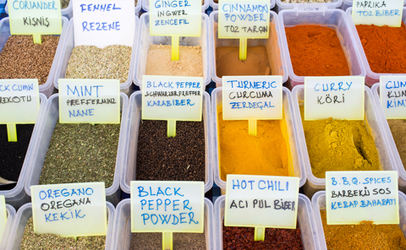
Imports And Exports Microbial Reduction Techniques Address The Unique Structures Of Spices Food Safety News
Alert Ethylene Oxide Detection On The Rise In Europe Food Safety Quality Blog

Sgs Live Presents Ethylene Oxide A Global Concern For Food Regulators Youtube

Ethylene Oxide In Sesame Seeds Merieux Nutrisciences Europe
Recall Of Le Gall Cream Cheese Products Due To Presence Of Ethylene Oxide Sg Taste
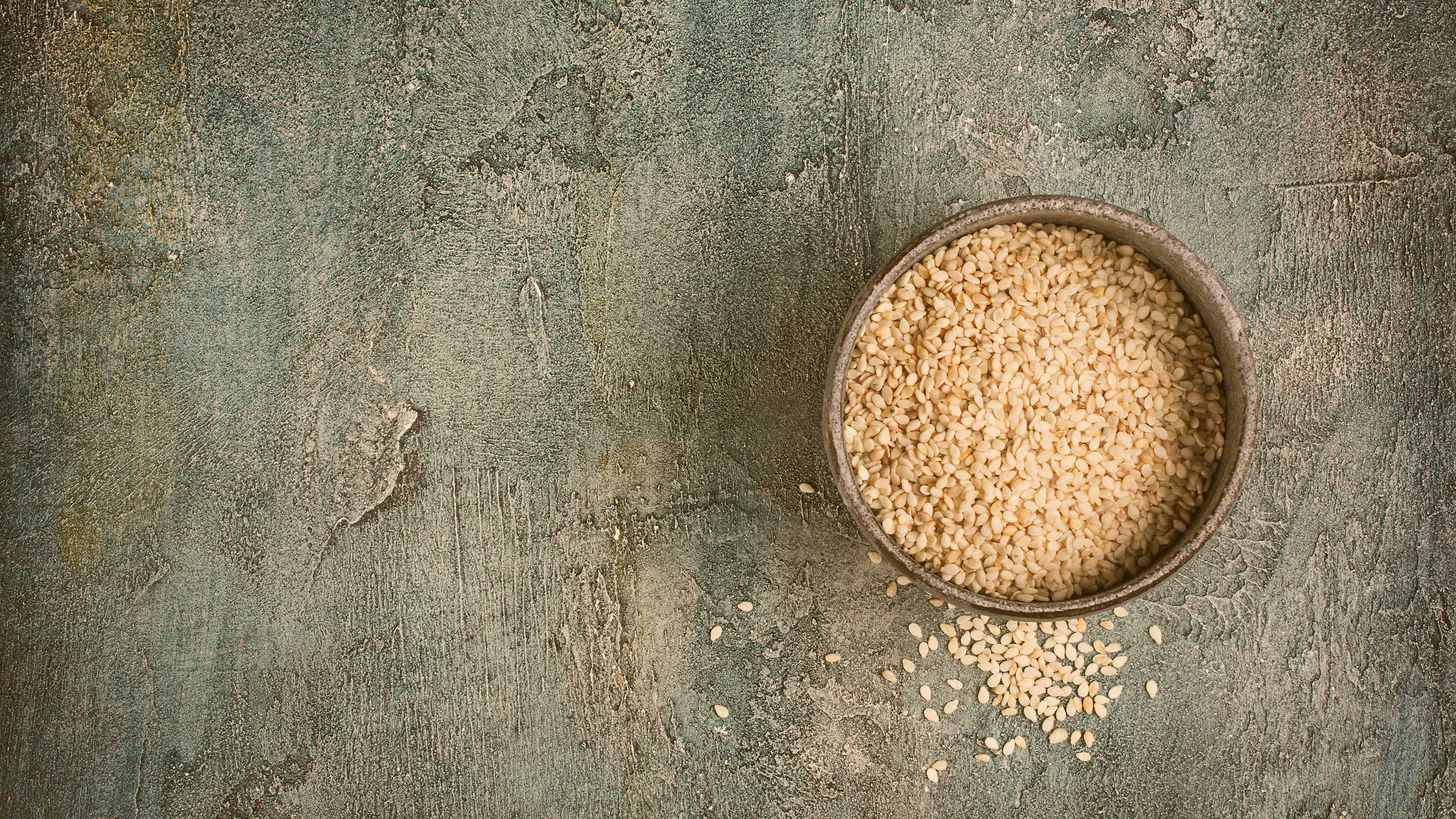
Toxic Ethylene Oxide In Foods Foodwatch En

Ethylene Oxide Mind The Science
Ethylene Oxide Top 5 Facts Food Safety Quality Blog
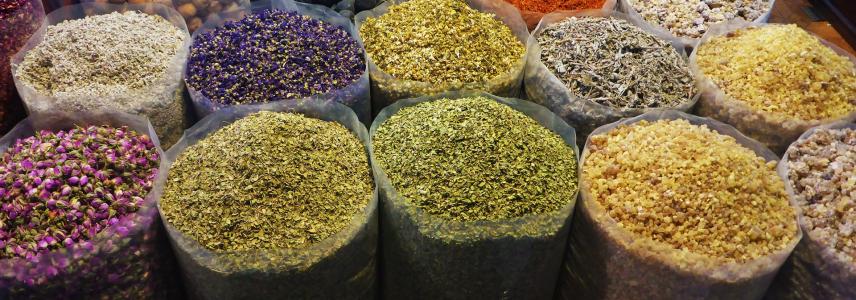
Industry Warning About Sterilisation Residues In Spices Cbi

Sgs Live Presents Ethylene Oxide A Global Concern For Food Regulators Youtube

Ethylene Oxide In Foods New European Alerts
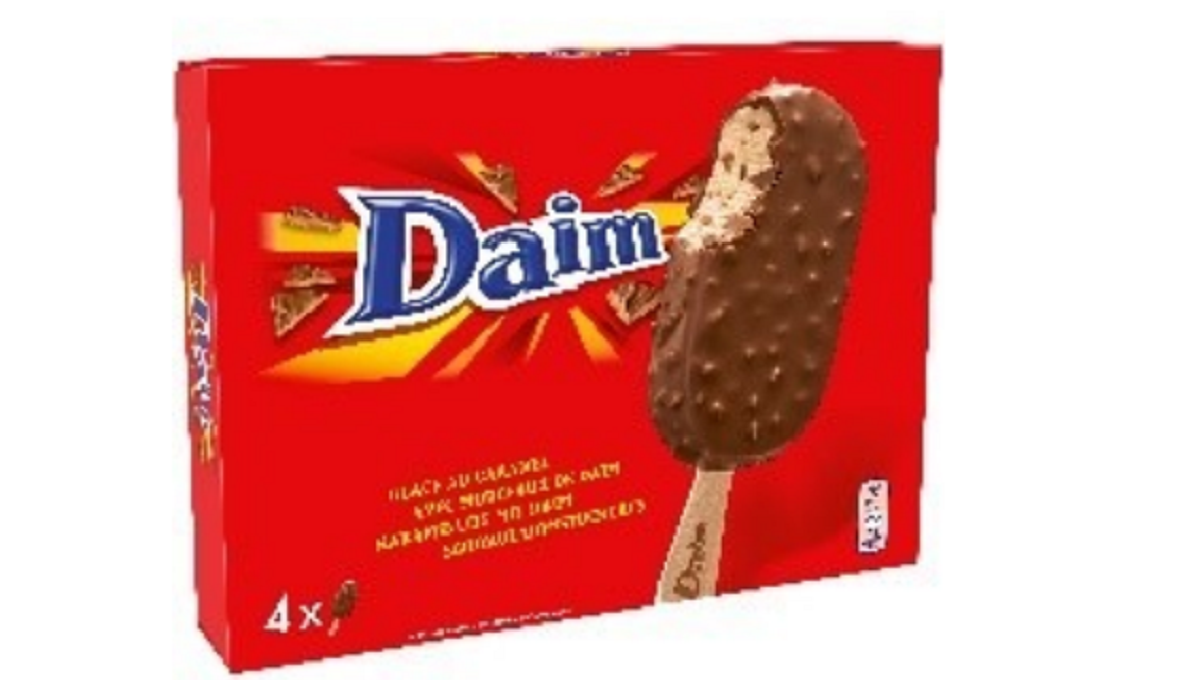
Ethylene Oxide Food Safety News
Recall Of Le Gall Cream Cheese Products Due To Presence Of Ethylene Oxide Sg Taste

Ethylene Oxide Found In Imported Sesame Seeds Should The Eu Raise Foo

Mars Nestle Recall Several Ice Cream Batches Thanks To Ethylene Oxide Contamination

Ethylene Oxide Sterilization Are Eto Treated Spices Safe Superfoodly

Ethylene Oxide Chemicalsafetyfacts Org
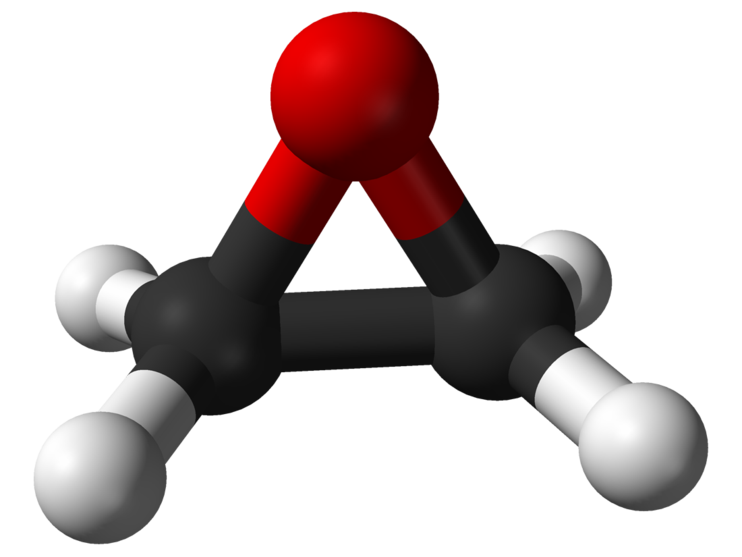
Ethylene Oxide Cancer Causing Substances National Cancer Institute


0 Response to "Ethylene Oxide Food Safety"
Posting Komentar